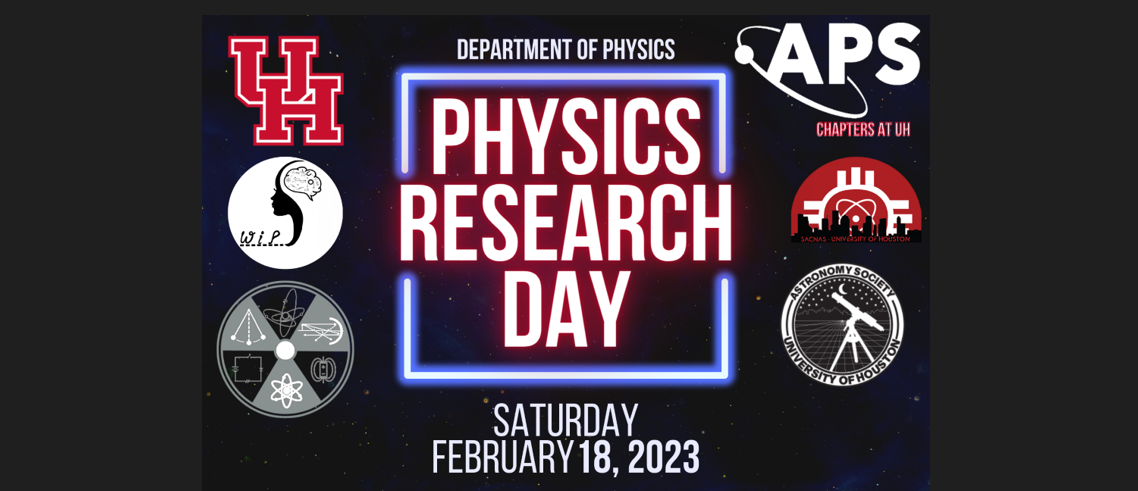Speaker
Description
Atoms are held by the electromagnetic force between electrons and protons while a proton itself is composed of quarks bounded together with strong force or gluon exchange. To understand the nature of strong force one way is to smash the protons or lead nuclei (Pb) in high kinematic energy to reach a certain penetration depth to probe that length scale. In ALICE the energy is in order of a few tera-electron volts per nucleus. After the collision, thousands of new particles come out of interaction volume, and by counting and measuring those particles and using our theories, we can find a mapping of the inner structure of nuclei. ALICE experiment detectors are capable of processing and measuring significant amounts of charged particles’ data, where the software architecture of CERN allows to manipulate the data and invent methods of analyzing visualization, and simulation.
Heavy quarks such as charm quarks are produced in the early stages of collisions and traverse through the evolution of the system, like a memory to record the interactions between deconfined medium and charm quark. By measuring the ratio of different species of hadrons made of charm quarks we can investigate their interaction with light quarks. This research focuses on measuring the ratio of charmed baryon to charmed mesons to understand their hadronization which is the complex process of binding free quarks into one hadron. These measurements put the pieces of the puzzle together in time to gain a consistent picture of the space-time evolution of heavy ion collisions.
| Academic year | 5th year and/or beyond |
|---|---|
| Research Advisor | Rene Bellwied |
